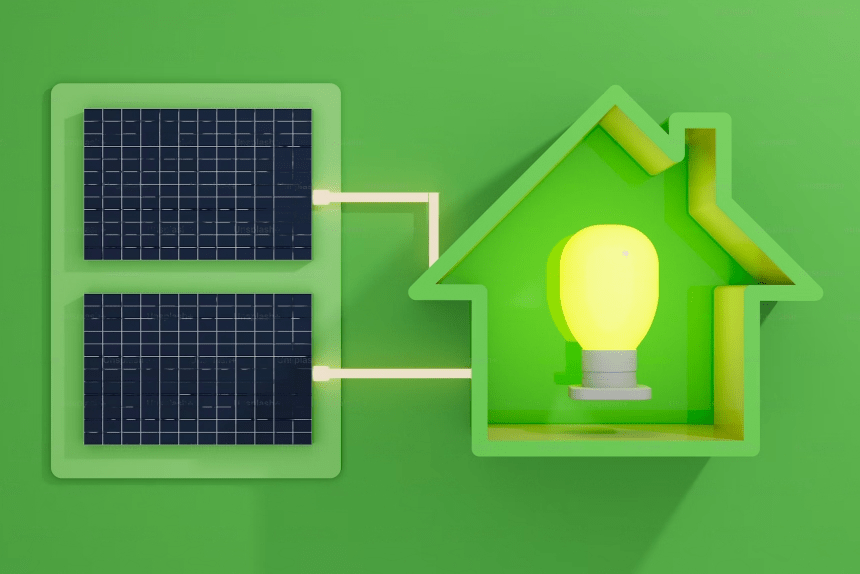
Scope of Solar Energy in Pakistan: Insights and Trends
Solar energy is rapidly advancing in Pakistan and is becoming a key solution to the country’s growing energy demands. With challenges like rising energy prices, dwindling natural resources, and environmental concerns, solar power offers a clean, sustainable, and cost-effective alternative. In this article, we’ll explore the scope of solar energy in Pakistan, highlight the latest trends, and share insights that make solar energy an essential part of the country’s energy landscape.
Rising Demand for Solar Energy in Pakistan
Pakistan is blessed with abundant sunlight, receiving an average of 5.3 kilowatt-hours of solar energy per square meter per day. This tremendous solar potential has prompted the country to make significant strides in harnessing solar power to bridge its energy gap. The acceptance of solar solutions is expanding beyond residential areas into commercial and industrial sectors. As more businesses and households turn to solar energy, the demand for solar panel installations is soaring.
Several Factors Driving Shift Towards Solar Energy
Energy Shortages: Persistent electricity shortages have made solar power an attractive option for ensuring a reliable energy supply.
Cost Savings: By reducing reliance on conventional electricity sources, solar energy can lead to substantial savings on electricity bills, particularly for businesses.
Environmental Benefits: Solar power is a clean energy source that reduces carbon emissions and helps combat climate change.
As awareness of these benefits grows, the demand for solar installations continues to rise across the nation.
Declining Costs of Solar Equipment
One of the most encouraging trends in the solar energy sector is the declining cost of solar technology. Over the past decade, prices for solar panels and related equipment have significantly decreased, making solar installations more affordable for consumers. This trend is expected to continue as more companies enter the market, increasing competition and driving prices down. Consequently, solar energy is becoming accessible to a broader segment of the population.
Trends in Solar Technology
Advancements in solar technology have made solar energy more efficient and user-friendly. Various types of solar panels are available in Pakistan, each designed to meet different energy needs. The most popular types include:
Monocrystalline Solar Panels: Known for their high efficiency and long lifespan.
Polycrystalline Solar Panels: A more affordable option with slightly lower efficiency compared to monocrystalline.
Thin-Film Solar Panels: Lightweight and suitable for industrial installations but generally less efficient than crystalline panels.
Canadian Solar Panels: Renowned for their quality and performance, these panels are favored in Pakistan due to their durability and high output in local conditions.
Each of these options offers unique advantages, allowing users to choose the best technology for their energy needs and budget.
Solar Panel Prices in Pakistan
The decreasing cost of solar panels is a key driver of solar energy growth. In recent years, the price of solar panels in Pakistan has dropped significantly due to technological advancements and increased competition among solar companies. The cost of installing a solar system varies based on the type and capacity of the installation. However, as demand grows, solar systems are becoming more affordable, encouraging more people to make the switch.

For businesses looking to invest in solar energy, large-scale installations, such as grid-tied systems, are gaining popularity. These systems not only reduce electricity bills but also ensure a steady power supply during load-shedding. Government support for renewable energy initiatives and policies designed to incentivize solar power adoption further bolster this trend.
Rise of Grid-Tied Systems
Grid-tied systems are solar power systems designed to operate in conjunction with the main power grid, providing a continuous and efficient energy solution. These systems convert solar energy into electricity, which can be used to power homes or businesses. Any excess energy produced can be fed back into the grid. Unlike off-grid or hybrid systems, grid-tied systems do not require battery storage, making them more cost-effective and efficient. In case of insufficient solar power, the grid supplies the necessary electricity, ensuring uninterrupted energy access. This setup maximizes energy savings by reducing dependence on the grid while taking advantage of solar net metering options.
Future of Solar Energy in Pakistan
The future of solar energy in Pakistan looks promising. Large-scale solar farms are being established, and more industries are incorporating solar power into their energy infrastructure. With the right policies and continued investment in solar technology, Pakistan has the potential to become a leader in solar energy.
Companies like DSG Energy are contributing to this growth by providing innovative solar solutions, including Canadian solar panels, which are well-suited to the country’s environment and energy needs. As awareness about solar power continues to rise, we can expect ongoing growth in this sector, solidifying solar energy as a crucial element of Pakistan’s energy future.
A Bright Future Ahead
The scope of solar energy in Pakistan is bright, with a clear upward trajectory in terms of adoption and technological advancement. The falling prices of solar panels and the availability of various solar solutions are encouraging both individuals and businesses to invest in clean energy. As the country embraces solar power, the potential for reducing reliance on fossil fuels, lowering energy costs, and achieving a sustainable future becomes increasingly attainable.
“Embracing solar energy today is a commitment to a sustainable and prosperous future for generations to come.”

